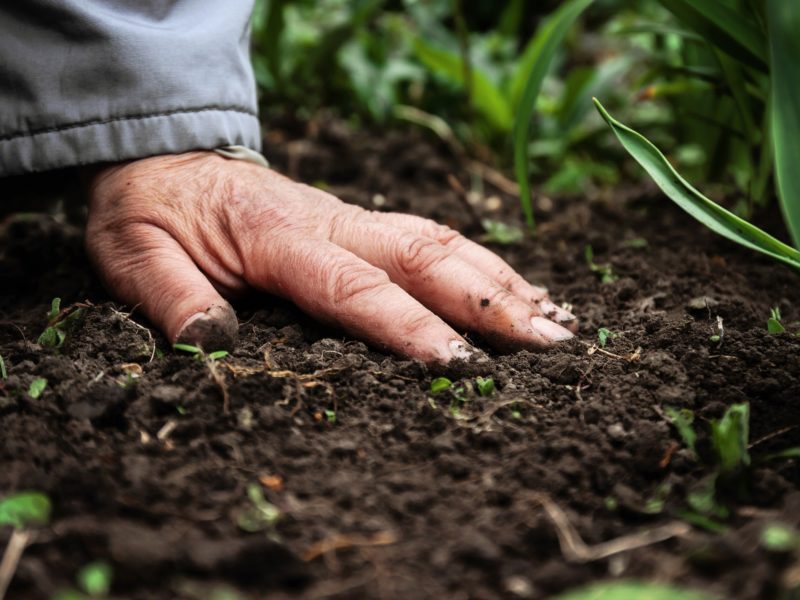Get A Whiff Of This! Using Scent To Help Dementia Patients

A Texas A&M University professor and her students are using the strong association between memory and the sense of smell in hopes of slowing the progress of dementia by way of “scent painting.” The activity involves mixing spices with water to make watercolor paints with the hope that the scents will bring back memories for the patients.
The activity is being tested at a local assisted-living facility.
Christine Tisone, professor of health education, started the memory care project at The Waterford at College Station as part of her human disease class three years ago. Students in her class spend two hours twice a week interacting with patients at The Waterford, engaging them in evidence-based memory care activities.
One group of students works with patients whose memory issues are not as severe, playing bingo and doing life story interviews. The second group works with patients in the memory care unit who have a more severe level of dementia for scent painting.
“We’re doing this in the memory care unit where their dementia is a little worse, but a lot of them are still able to comment on those smells to recall memories based on those smells. It starts conversations,” explains Tisone. “The most important thing for memory care is interactions with other people.”
She explains the connection between memory and scent, saying smells are routed through the olfactory bulb which is the smell-analyzing region in the brain. It is closely connected to the amygdala and hippocampus, which handle memory and emotion; visual, sound and touch information does not pass through those brain areas.
Tisone’s students are trained to elicit conversation based on reactions to those smells.
While there is yet no cure for dementia, Tisone says over time she and her graduate assistants, who act as group leaders, have seen improvement in patients on a number of fronts since they began the spice painting activity.
“Some residents are more talkative than they used to be, and some seem better able to answer questions about their past than before,” Tisone notes. She says she’s seen less decline in the spice painting patients when compared to patients who have not participated in the activity.
Tisone says several of the patients’ family members have also noticed improvement. “Several family member have commented to me that they believe the painting activity has made a positive difference in their loved ones, such as they seem more alert and talkative, in general, than before. In one case, a daughter mentioned to me that her mother seemed less anxious than before (anxiety is a common symptom of dementia).”
For the first year of the project, Tisone let her students volunteer to take part. She says the feedback was so incredible, she made the project mandatory for all of her students each semester.
Tisone says the students greatly enjoy participating in the memory care project. “One hundred percent of the students, in a formal evaluation and reflection assignment they have to do after their experience, have reported it to be a positive experience in terms of personal growth and satisfaction.”
Myriam Fillion, a senior health major, says the experience is quite rewarding. “We were able to paint one of the resident’s name and a flower and then use that to talk about her kids and their names and the types of flowers she enjoys most. I think the company and the activity truly made her day much better and helped with her memory recall.”
“I feel like we’re making a long-term impact here and giving hundreds of students each year the opportunity to be part of it,” explains Tisone. “A lot of my students have come back to volunteer on their own after doing this. It doesn’t take long to bond with a particular person or maybe just the feel of this place.”
One of Tisone’s students who participated in the project had already planned to continue her education and become a registered nurse. However, this project convinced her to specialize in gerontology/memory care.
“This project made me realize that I had a special gift when it comes to working with Alzheimer’s and dementia patients,” explains the student, Colin Coleman. “I was very calm and at ease while interacting with the patients.”
Media contact: Allison LaRocca, Texas A&M College of Education and Human Development.





